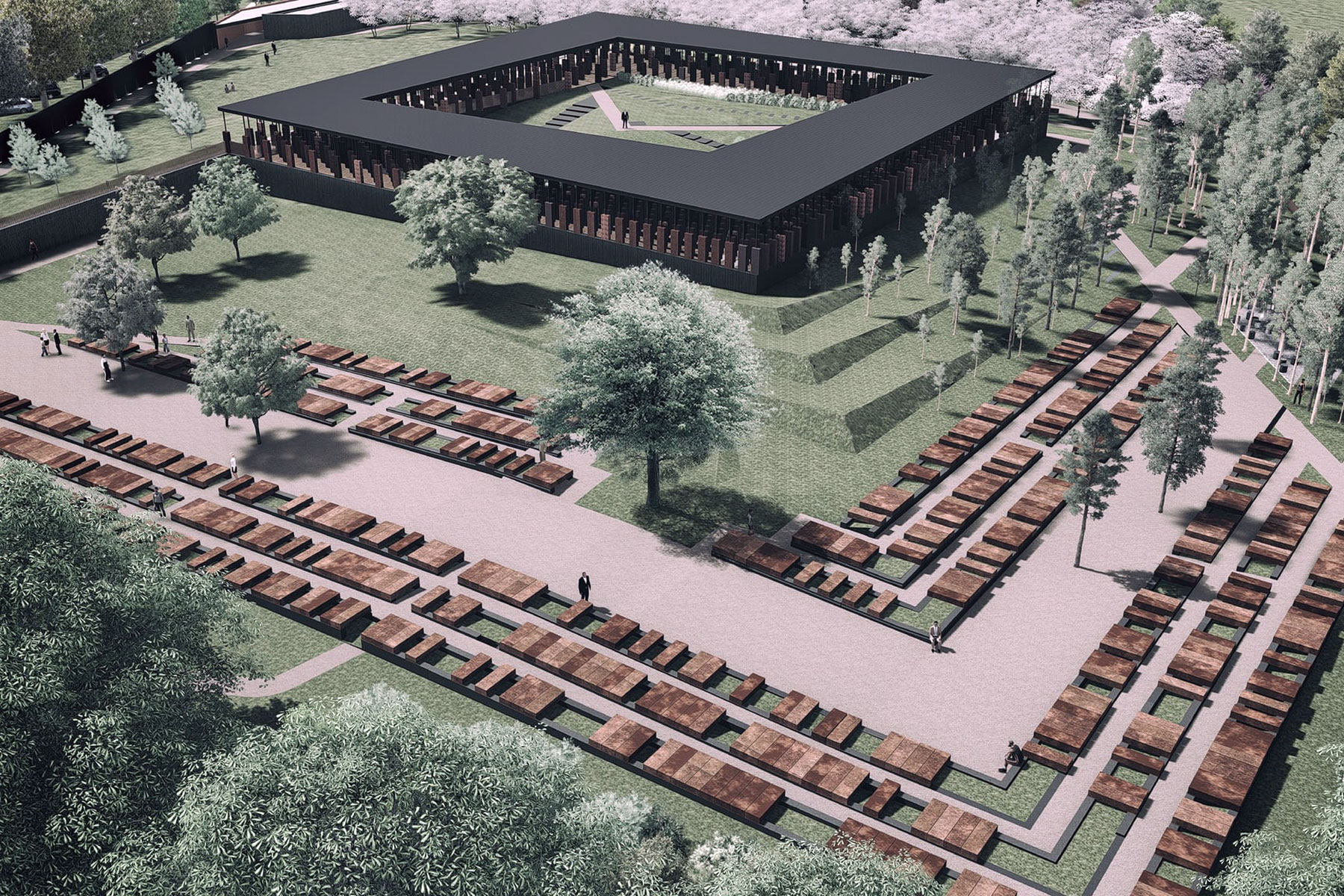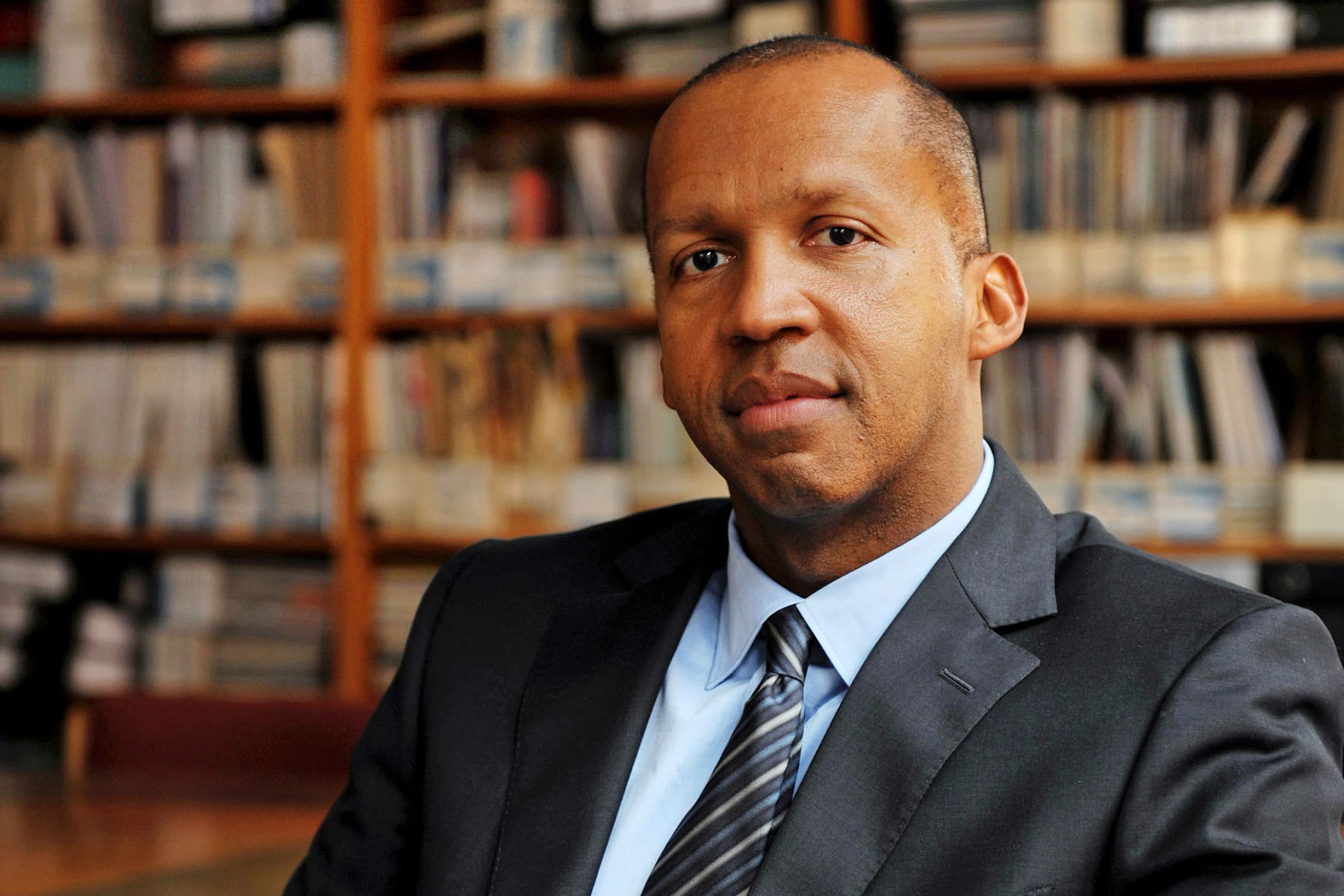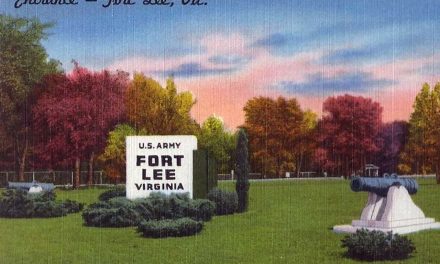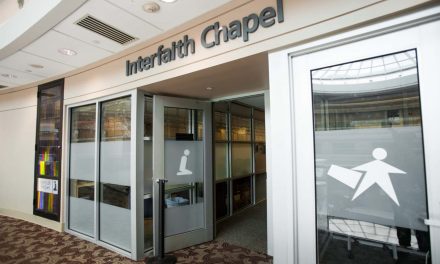
Acclaimed author and lawyer Bryan Stevenson talks about why a new museum in Montgomery, a key place in the slave trade, sets out the history of American racial inequality.
If one set out to crown a symbolic epicenter for the 400-odd year odyssey of white supremacy in the US, they would be hard-pressed to do better than Montgomery, Alabama. It was at the statehouse in Montgomery that Jefferson Davis was first inaugurated as the president of the Confederacy in a bid to preserve the institution of slavery and in defense of the inferiority of the black race.
It was here too, nearly a century later, that Rosa Parks famously refused to give up her seat, and a young Martin Luther King launched his first direct action campaign: The Montgomery Bus Boycott.
Indeed the official city seal tells some of this story in ironic juxtaposition, nesting its claim as “Cradle of the Confederacy” inside that of “Birthplace of the Civil Rights Movement.”
But there’s a deeper racial history here too, one that often gets buried in favor of the hagiography of leaders and legends like Davis, Parks and King. Montgomery was also for a time the central hub of the domestic US slave trade, and that’s part of why writer and activist Bryan Stevenson thinks is a perfect place for a “new kind of museum” entitled From Slavery to Mass Incarceration that will that will trace the untoward history of racial capital through generations and simultaneously shine a light on the legacy of US racial terrorism.
“It all begins with enslavement and the ideology of white supremacy and what follows is lynching, segregation, and many of the issues that we’re dealing with today,” Stevenson told the Guardian.
The museum itself will be situated at the site of a building that once warehoused enslaved people before they could be sold auction in the town square. “They used it for livestock, cotton and enslaved people,” Stevenson said.
Montgomery was the first deep south city to be connected to the upper south by rail and this, coupled with waterway access via the Alabama river, made it a vital artery of the domestic slave trade throughout the 19th century.
One fact of slavery that often gets overlooked, in part because of the unimaginable horrors of the middle passage, is that by 1808 the US had banned the international importation of enslaved people. The trade was then, for the next half-century, utterly dominated by domestic commerce. As technology advanced, the slow and expensive practice of transporting human chattel by marching them hundreds of miles, shackled, was gradually replaced by more efficient water and rail passages.
“By 1860, warehouses, slave depots, and slave pens had sprung up all over the city of Montgomery. We had more slave pens, depots, and warehouses than banks, hotels, or commercial establishments,” said Stevenson, the executive director of the Equal Justice Initiative which is headquartered in Montgomery and is spearheading the project.
That’s part of the legacy Stevenson hopes the museum can capture, ushering visitors through a dungeon type space populated with holographic apparitions of enslaved people awaiting sale. Guests will hear readings of real slave narratives by those caught in this purgatory before moving into a space that redirects their attention to the racial terrorism of lynching that pervaded the decades after the civil war and reconstruction.
That part of the museum builds off of a exhibition EJI premiered at the Brooklyn Museum earlier this year, and connects to a whole second site being developed a few blocks away as a six-acre national lynching memorial slated to open in mid-2018. The memorial will honor the lives of more than 4,000 black Americans lynched from 1877 to 1950, whose names will be engraved on duplicate sets of more than 800 columns, two for each county in the US where a lynching was recorded.
One set is to remain in Montgomery. The organizers are also asking that counties claim the facsimile columns and install them at the one of the original lynching sites, like a dandelion shedding spores of memoriam across the nation. Roughly 25% of US counties recorded at least one act of targeted racial mob violence over the span of less than 75 years.
This was part of the impetus for the museum and the memorial project according to Stevenson, and it takes on extra salience amid the national uproar about the place of monuments, specifically Confederate ones, in public space.
“There are 59 markers and monuments to the Confederacy in [Montgomery], but yet a few years ago you couldn’t find hardly a word about slavery. The imbalance between this preoccupation with 19th century history but the silence about enslavement was desperately problematic,” Stevenson said. “I just began to realize how acculturated we are to silence about this era.”
Stevenson is a veteran civil rights attorney and social justice advocate, and founded EJI in 1989 as a legal defense organization to represent clients they deem as mistreated by the criminal justice system. Since then the organization has grown to do more and more public education work while Stevenson’s profile has grown thanks to a popular TED talk and his bestselling 2014 memoir Just Mercy.
Even if the counties that host lynching sites don’t choose to take a piece of the exhibit in Montgomery, a piece of them will be on display at the memorial. EJI has gathered jars of earth from lynching sites and will put them on display in the space.
“We will have 280 jars in the museum and they’re intended to bring you closer to this legacy by seeing lynching made tangible, and the same is true for what we’re doing on mass incarceration and segregation,” Stevenson said.
The museum space, beyond slavery and lynching will also cover the rise of lend-lease, the practice by which many formerly enslaved blacks were resubjugated. Many Southern municipalities adopted nuisance laws that could legally detain blacks for no crime at all, and sentence them to hard labor as punishment. This, EJI argues, draws a direct line to the explosive rise in the US prison population through the later part of the 20th century that has become known as Mass Incarceration, and how it has preyed on communities of color.
This arc, from slavery through these more modern iterations of racial inequality speaks to the museum’s core mission. Rather than a focus on historical artifacts, Stevenson said the project intends to walk visitors through a comprehensive narrative of US racism. Drawing inspiration from the Apartheid museum in South Africa, which is similarly conceived, Stevenson said that the museum starts with a point of view, and one that he believes is necessary to amplify if the nation is ever to push meaningfully past its foundational racist demons.
“I do think our nation is a nation that needs truth and reconciliation, and incidents like Charleston and Charlottesville just reinforce that,” Stevenson said, but added that truth and reconciliation is not simultaneous, it’s sequential.
“You have to tell the truth before you can get to reconciliation, and culturally we have done a terrible job of truth telling in this country about our history of racial inequality. I see these projects as an effort to respond to the absence of truth and the silence that has haunted us – black, white and other – for too long.”
Jamiles Lartey
Guardian News and Equal Justice Initiative (eji)
Originally published by TheGuardian as ‘America has done a terrible job of telling the truth about racism’
Help deliver the independent journalism that the world needs, make a contribution of support to The Guardian.















